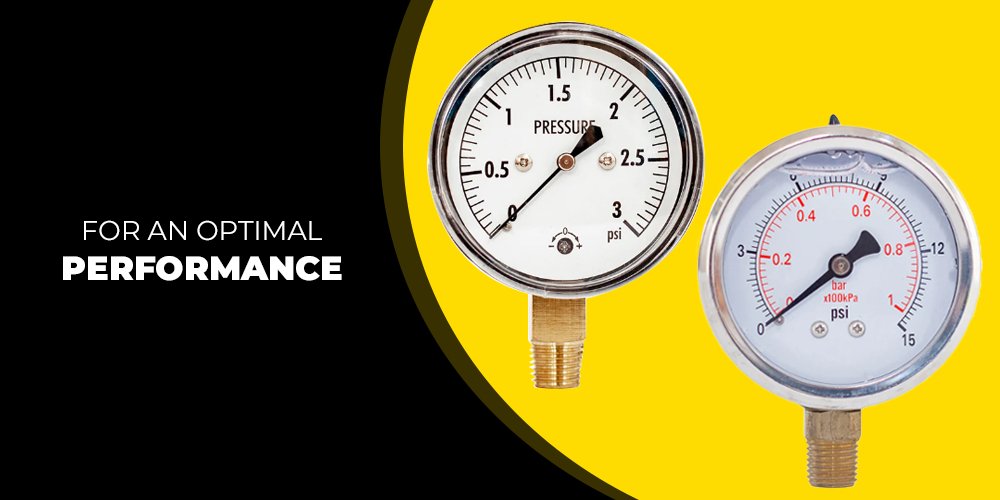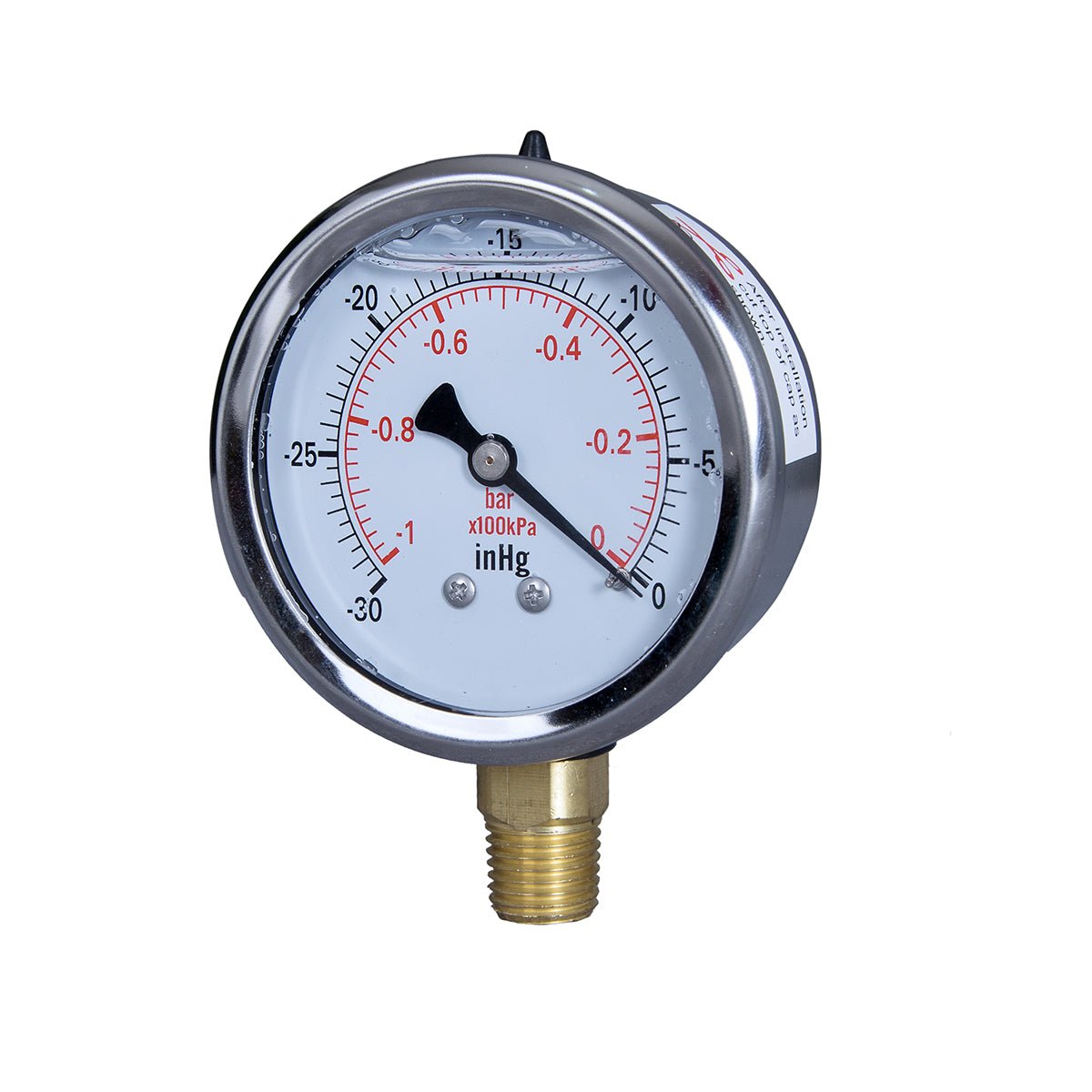
Types of errors in pressure gauges
Inaccuracies in pressure instrumentation occur when the output signal deviates from the desired measuring result. A menacing situation is sure to occur when the pressure gauges read higher or lower than the actual reading. The risk of performance and safety looms large. It thus becomes important to find out and rectify your gauge's error.

The permissible limit upto which the gauge errors can reflect is also primarily associated with the degree of difference between the accuracy of the standard and the instrument to be calibrated. The situation must be analyzed for working in more than ideal conditions.
Types of errors in pressure gauges

Mechanical vibrations, pulsation, extreme pressure conditions, overpressure, pressure spikes, etc., pressure gauge failure can be attributed to the conditions above. Being an integral part of the application’s warning system, gauges tend to be sturdy not just to measure and see how a process is doing but also can handle challenging situations. Designed to handle a specific application, a system could lose the tenacity to function well if not brought under ideal hit and trial conditions determined via the error detection and the ways to fix those.
1) Mechanical vibrations
Vibrations have a negative impact on the gauges and become the main cause of their failures. First and foremost, it becomes quite difficult to relax the dial and the pointer when the gauge is vibrating. Cumulative damage in the pointer mechanism can lead to the pointer working in less-than-ideal conditions, producing inaccurate readings.
2) Pulsation
Pulsation is associated with fast, erratic movements within a pressure system that can cause substantial alterations to the pressure gauge. The unintended wear of the gauge's moving components due to frequent cycling of system fluid can lead to a substantial reading inaccuracy leading the dial to deviate. One of the major pressure gauge errors is that if pulsation or frequent pressure cycling is present in the application, proper pressure range selection should first be verified.
3) Extreme temperature conditions
Fluctuations in the ambient temperature range certainly affect the gauge accuracy quite significantly. A temperature range shift becomes the major cause of change in the modulus of elasticity in the bourdon. Pressure fluctuations can also lead to a failed gauge parallelly. Quite notably, different gauges have different temperature and pressure level tolerances. Dealing inappropriately leads to inefficient functionality or poor operability, followed by a hampered work output.
4) Overpressure
Overpressure can cause the Bourdon tube to deform and split. The situation cannot be termed as distinct from the pressure spikes. The specific cause of overpressure is the constant working of the gauge near maximum pressure ranges. Your gauge working under overpressure conditions is under a constant threat and can get affected by the following kind of risks:
- Persistent inaccuracy
- Poor functionality
- Increased wear and tear of the components
- Split Bourdon tube, leading to released media
Decode all possible errors to constantly bridge the gap between the observed and the actual value

Minimizing gauge failures includes decoding and diagnosing why gauges fail and then coming up with solutions so that instruments last longer. With the pressure gauge installed anywhere in the system circuit for measuring the pressure at that point, the corresponding reading will be displayed in a simple format that can easily be interpreted. The reading can be interpreted to bring up a comprehensive solution to the problem only when the gauge is error-free and operates with precision.
